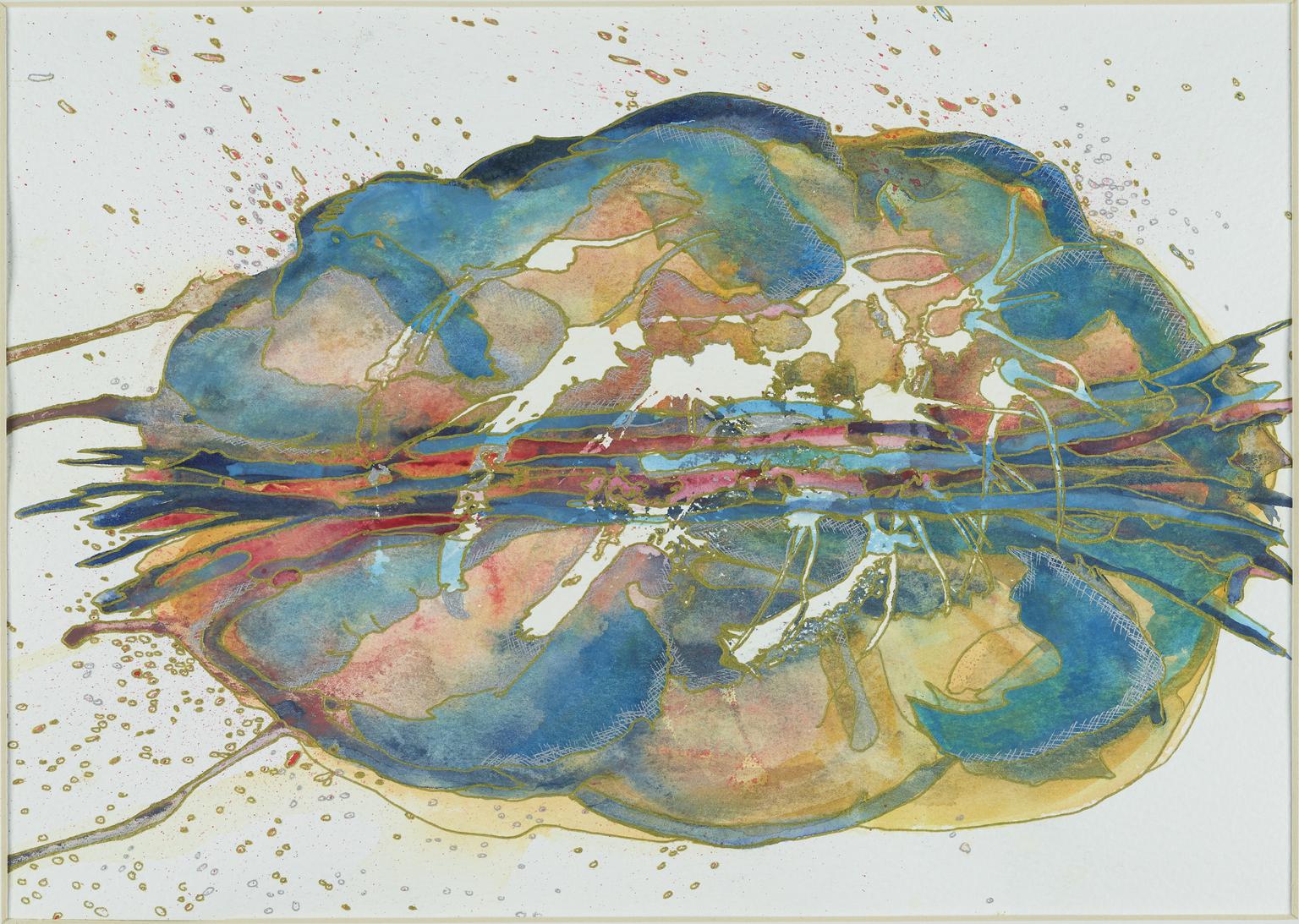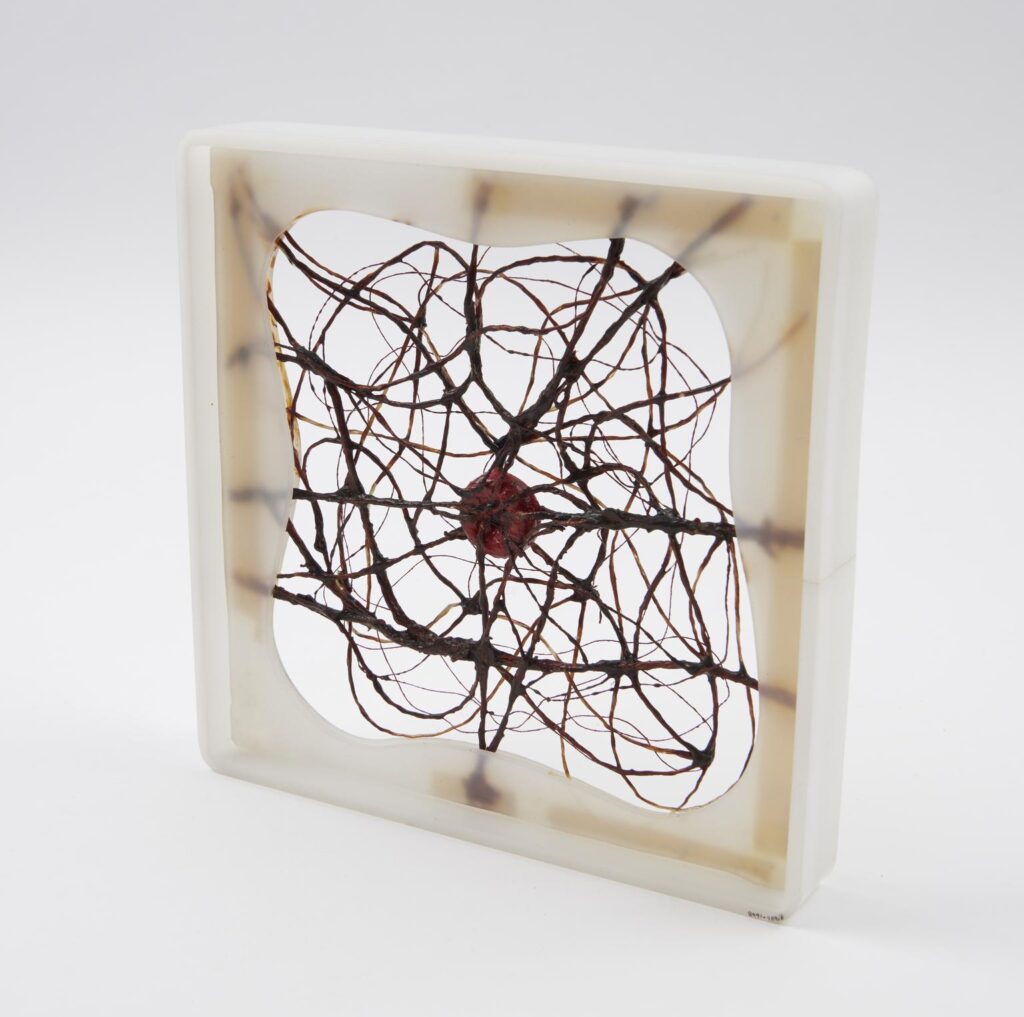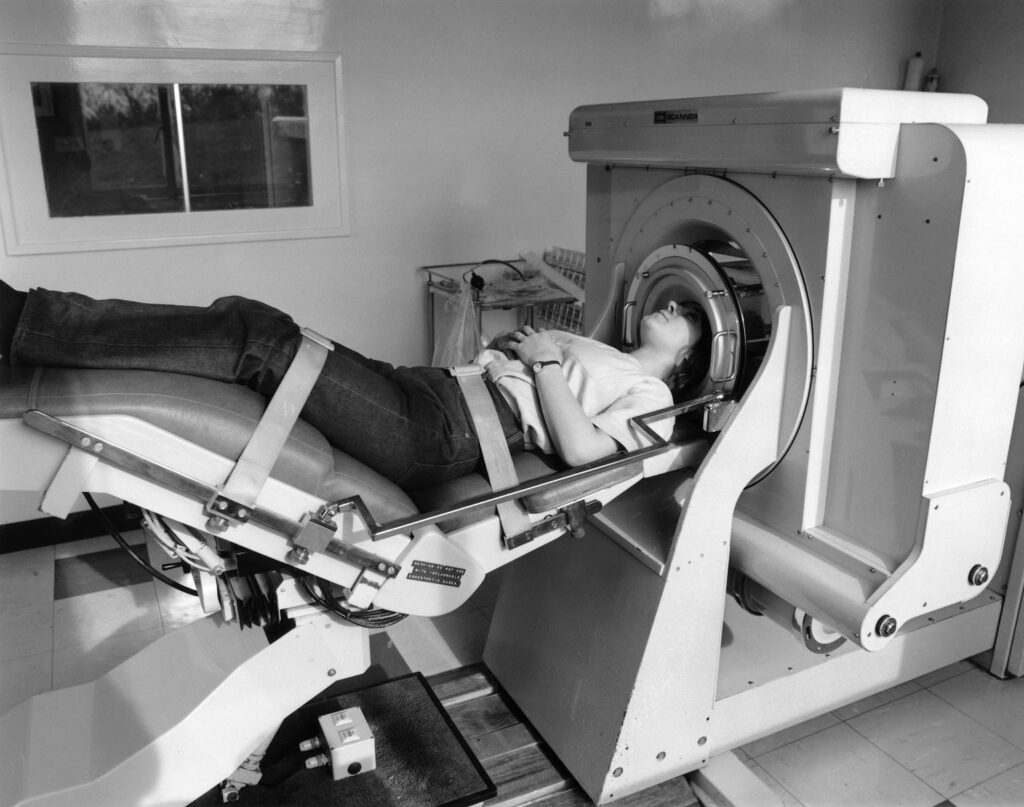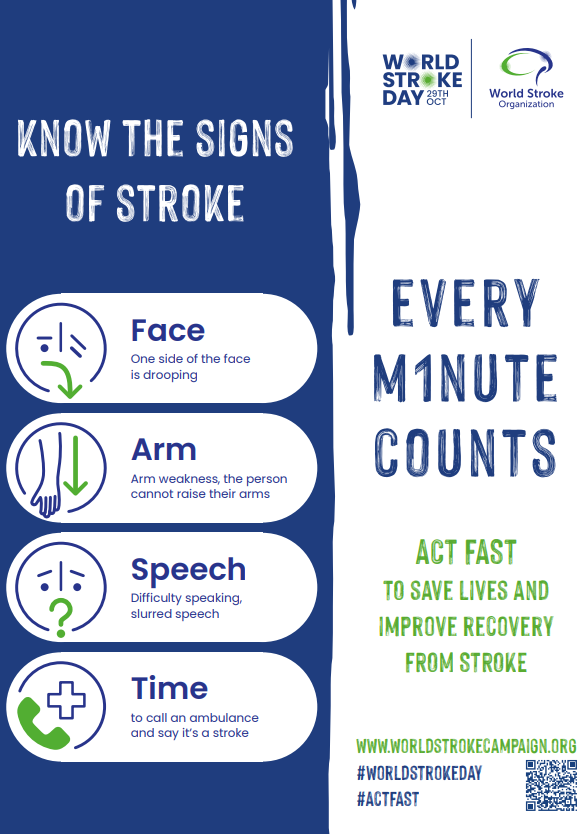Around the world, 1 in 4 people will have a stroke at some point in their lives.
A stroke is when blood stops flowing to a part of your brain, caused by a blockage or rupture of a blood vessel. Without fresh oxygenated blood, millions of brain cells begin to die within minutes. Strokes can affect speech and movement, and can have a profound impact on the lives of individuals and their families.

Strokes can happen to anyone at any age. At 21 years old, I did not expect to have a mini-stroke (a temporary disruption to the blood supply to my brain), nor did my family and friends.
One day, I woke up unable to recognize my right hand. It startled me when I saw it move and couldn’t realize it was mine. But I also didn’t feel concerned at the time. Throughout the morning, I experienced short term memory loss and balance issues. But because I wasn’t in distress and had no well-known stroke symptoms such as face dropping, it took over an hour for my mom to notice my slurred speech and general confusion. Then it took another hour to convince me, a reluctant patient, to go to A&E.
My story ended well. The nurses saw me immediately, my blood was drawn, and I was taken into a Magnetic Resonance Imaging (MRI) machine where my mini-stroke was spotted by a neurologist.

For a long time, all doctors could go on to diagnose a stroke were external symptoms such as sudden paralysis or being ‘violently struck down’. Since our brains are very well protected in our skulls, it wasn’t until the 1970s that two technologies began to be developed that proved to be breakthroughs in how strokes could be diagnosed quickly and reliably. These medical breakthroughs are CT (Computerised Tomography) scanning and MRI (Magnetic Resonance Imaging). These scanning technologies could be used to identify and monitor clots.

On display in the Science Museum is the first prototype of the MRI body scanner developed by British scientist and Nobel Prize winner Peter Mansfield.
Using high frequency radio waves, this MRI machine creates an even clearer picture of the soft tissues of the brain without using radiation like a CT scanner or invasive surgery. The scientific technique was originally called Nuclear Magnetic Resonance (NMR), however the word ‘nuclear’ was so off putting to patients that the researchers changed it to Magnetic Resonance Imaging instead.

On gallery in Medicine: The Wellcome Galleries at the Science Museum, if you closely at MRI’s entrance you’ll notice the stickers placed around the ring to distract frightened children. Object: 1988-186
In the early days of MRI technology, the magnets were not sensitive enough for children’s heads, so scientists came up with ‘Jedi helmets’ to help create a clearer picture. During my treatment I had seven MRIs. I once got to wear a helmet, but it was not nearly as cool as the one seen by YouTuber Tom Scott and curator Selina Hurley in this video.
Today, it’s more important than ever to review the signs of a stroke and what to do. Your actions could help save lives.

There are three major signs of a stroke:
- Facial weakness
- Arm weakness
- Slurred speech
- Then it’s Time to call emergency services and take the individual to A&E.
(#ActFAST)
But as I can attest, there are many other common symptoms like confusion, headaches, dizziness, numbness, balance issues, slurred speech, short term memory loss, seizures, irregular breathing, and paralysis of an area of the body. I’m very glad my mom spotted my signs and took me into A&E immediately.
You can find out more about your own stroke risk (Stroke Riskometer), and try out whether you recognize the signs of a stroke in this interactive Stroke Spotter Game.
On this World Stroke Day, I hope we all learn to #ActFAST and support equality in funding and attention for stroke prevention, diagnosis, treatment, and care.
Visit our collection website to explore more objects from our collection.